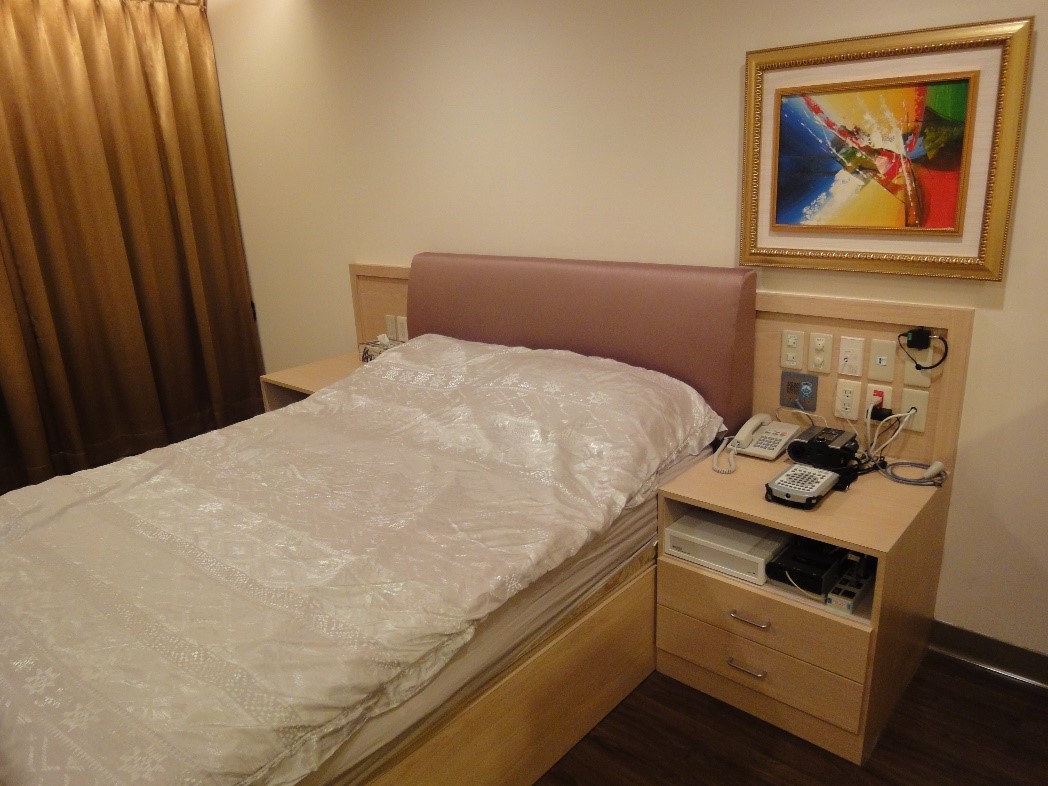Persons with narcolepsy find it difficult to keep themselves awake. They usually feel very sleepy and fall asleep, going into narcolepsy even at noon time or being emotionally excited. It is generally believed that the occurrence of narcolepsy is a result of sudden rapid eye movement (REM) when one’s awake. Narcolepsy is one circulating and irresistible temporary sleep outbreak during closed time, a sleep disorder that still could not be thoroughly understood today. The main reason lies on the control problem of central nervous system with sleep and awake. The major symptoms include the physical reactions of the sudden dreaming ( clinically known as rapid eye movement ) by the brain and body while being awake in day time.
Clinical symptoms of narcolepsy
- Excessive daytime sleepiness : The patients could fall asleep when doing something boring or work independently. Such abrupt sleep becomes increasingly frequent and could occur in improper or dangerous time such as driving.
- Cataplexy : Sudden loss of muscle stability and intensity. The loss of muscle intension could make one fall. The loss of muscle tension in persons with normal sleep and awake is companied by Rapid Eye Movement ( REM ).
- Sleep Paralysis ( exhausted ) : Persons who lose muscle tension, just wake up and right before sleep, will not be able to move the extremities.
- Hypnagogic hallucinations : The crossing and overlapping of dream and real world before sleep will create visual, hearing and sensational hallucinations.
How to diagnose narcolepsy
It is not difficult to diagnose when all symptoms of narcolepsy appear. However, it is more difficult to diagnose if only the outbreak of sleep at day time without the cataplexy or only minor cataplexy. There are two tests used for diagnosis, one is the Polysomnography (PSG) and the other one is Multiple Sleep Latency Test (MSLT). These tests are often carried out by sleep experts.
- The first step to diagnosis of such disorder should be evaluated and confirmed by medical staff. Physical disease is not the cause of narcolepsy. For many people, the next step is to find the sleep expert for diagnosis. For most patients, the detailed query on medical history can help the medical staff correctly diagnose narcolepsy.
- Polysomnography ( PSG ) patients will be requested to sleep in a comfortable and private room at the sleep center for one night. A small electrode will be adhered to the skin, which records the brain wave, eyeball motion, muscle activity, hear rate, respiration, and oxygen concentration in blood. These tests will not hurt or bring damage. People with narcolepsy will easily fall asleep during the test and enter into the dream stage early and they usually have more experience of being awake by disturbance at night. MSLT can also help discover the possible cause of daytime narcolepsy.
- MSLT lets the subject take a nap in every 2 hours when they are normally awake. About 4~5 naps lasting 20 to 35 minutes each will be administered, and then the subjects will be observed for the type of sleep stage reached. This test aims to measure the level of narcolepsy in day time and find out how soon the REM starts. Persons with narcolepsy will soon sleep and enter the dreaming stage early.
- Genetics related to narcolepsy.
- The reduction of hypocretin ( orexin ) in cerebrospinal fluid and dopaminergic anomaly could be released to the brain stem and causes sleep/awake state regulation.
Treatment for narcolepsy
The treatment for narcolepsy aims to control the symptoms of narcolepsy and provide the patients with a complete family and occupational life. The medicine treatment for narcolepsy must take consideration of the nature and side effect of medicines since it is a lifelong disease.
- Patient and family education : Try to possibly lean knowledge about narcolepsy and find out the supporting system that could help the patients and family in order to handle the actual problems and emotional impact, possible occupation limitation, and the possible situations that could cause damage brought by this disease.
- Sleep hygiene : Follow regular sleep/awake routine to get up and sleep at approximately the same time each day.
- Napping : The purpose of naps is to help patients learn to control sudden drowsiness. A nap on the table or closing the eyes and nodding off for few minutes could avoid the outbreak of drowsiness or reduce the usage of analeptic medicine.
- Safety issues : Patients should be careful in dangerous activities such as driving or cooking. Try to arrange routine so you could stay alert during these times.
- Medications : For the average medicine treatment and side effects, the physician will usually prescribe analeptic medicine to improve the alert in patients and the anti-depressant to control cataplexy, sleeping or awakening hallucination and sleep paralysis as well as other symptoms.
Conclusion
Narcolepsy is a lifetime disease and patients could usually live normally or nearly normally under medication and behavioral treatment as well as the support of teachers, employers and family. If the patients could not receive proper diagnosis and treatment, patients of narcolepsy will encounter serious impact on their living quality, resulting in many problems in social interaction, education, psychology, marriage, and finance.


